Science of Pharmacology South Kazakhstan State Pharmaceutical Academy

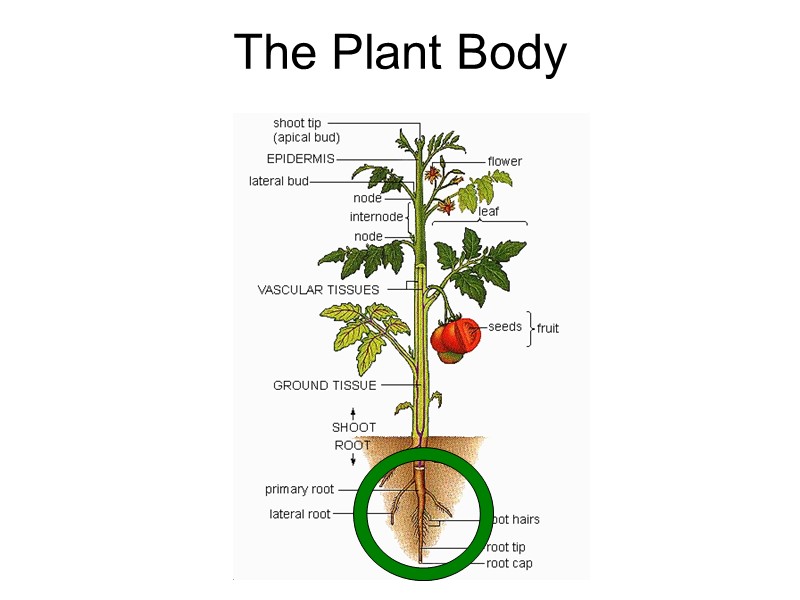
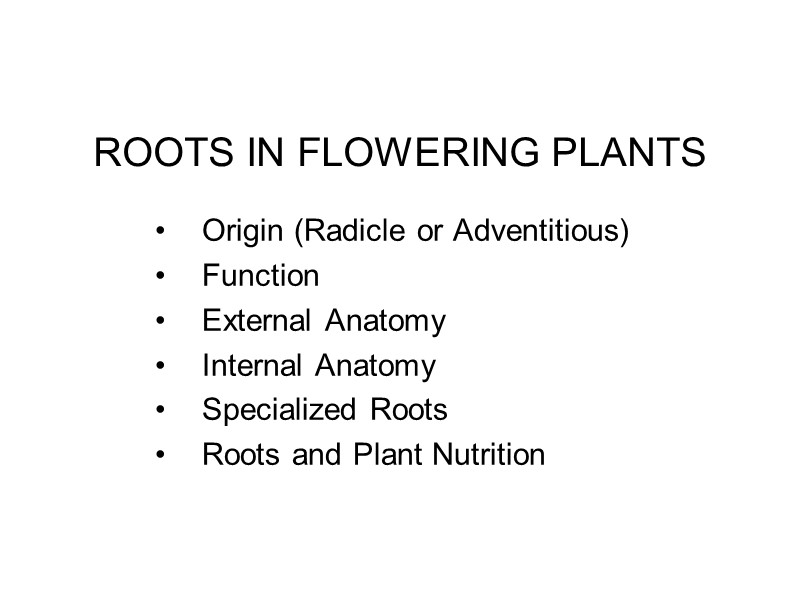
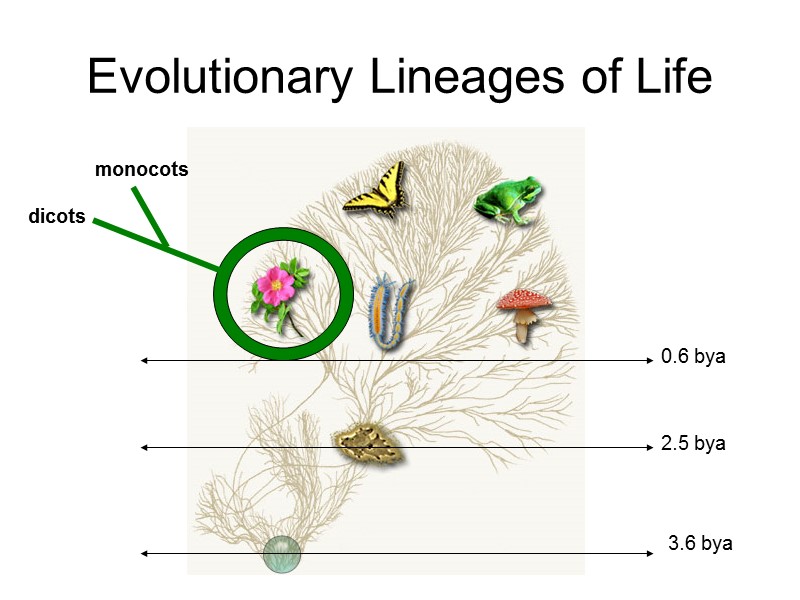
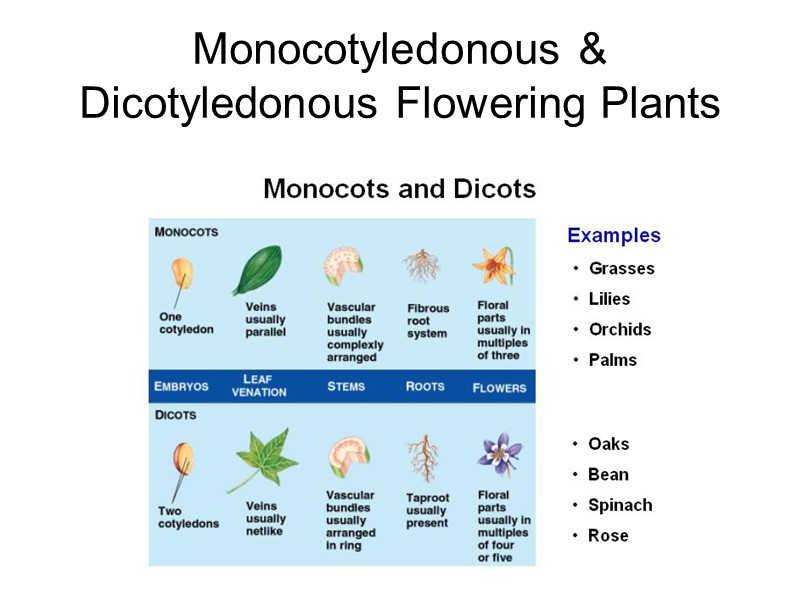
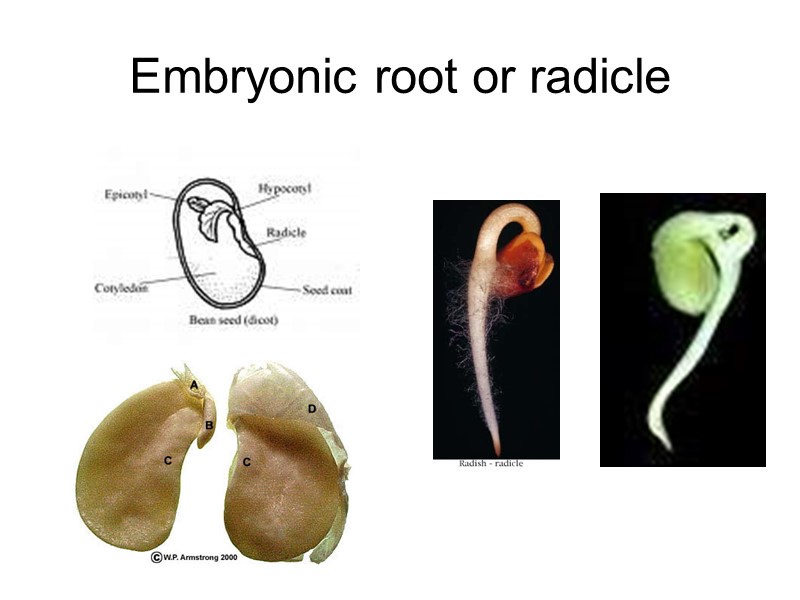
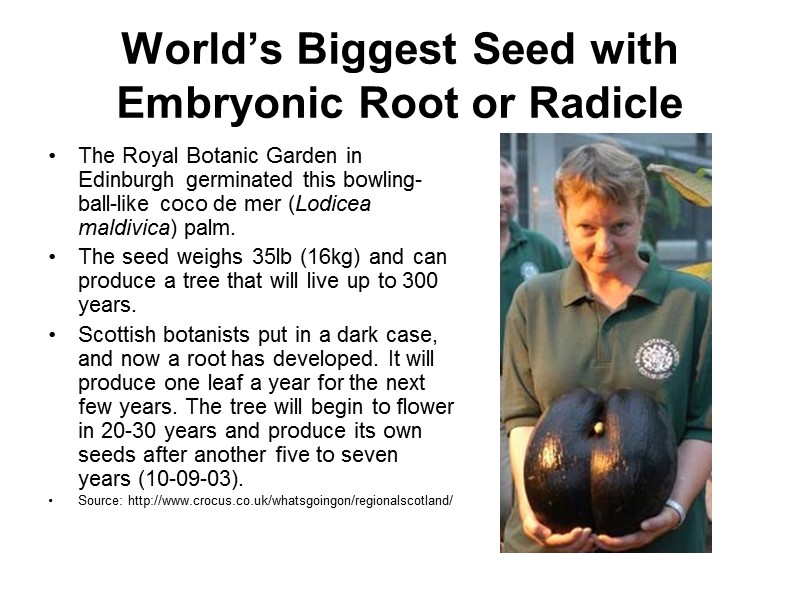
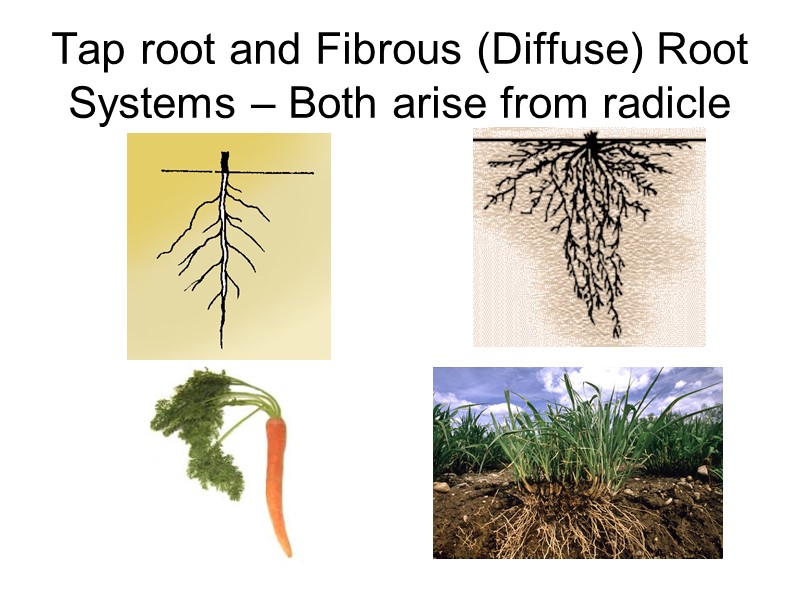
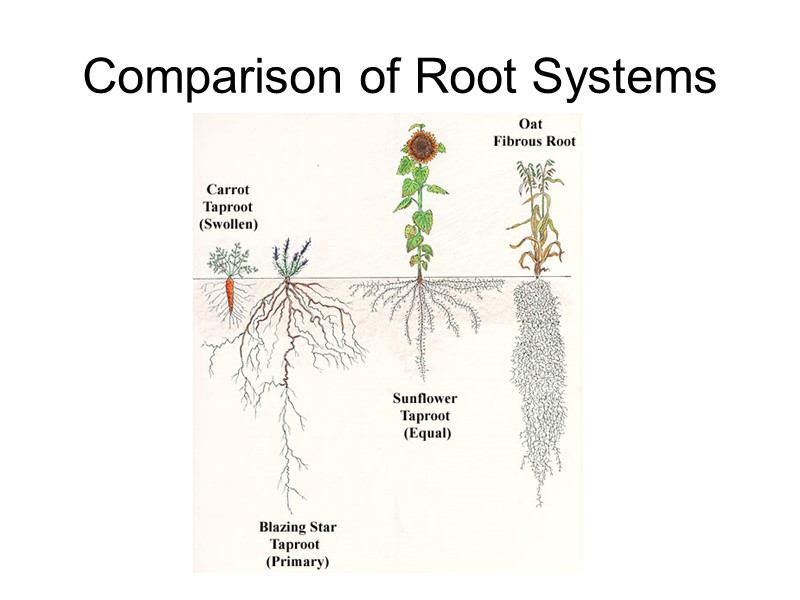
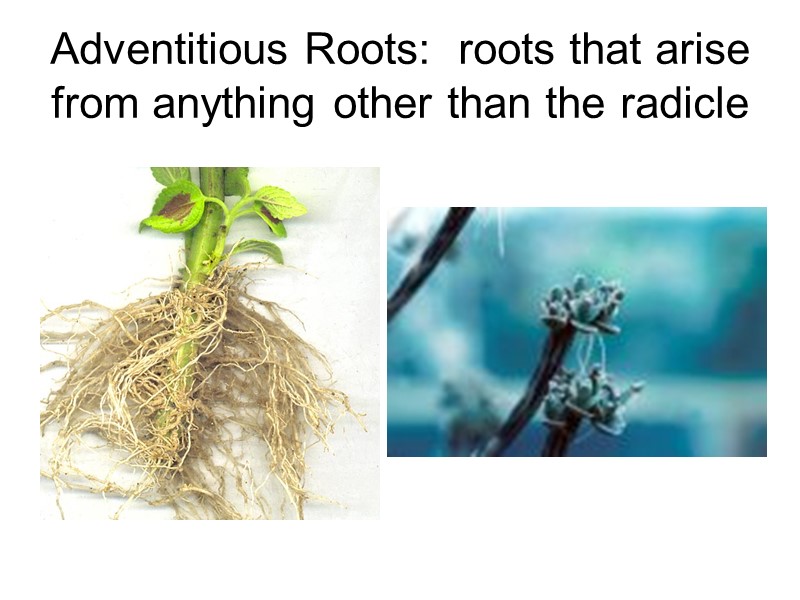
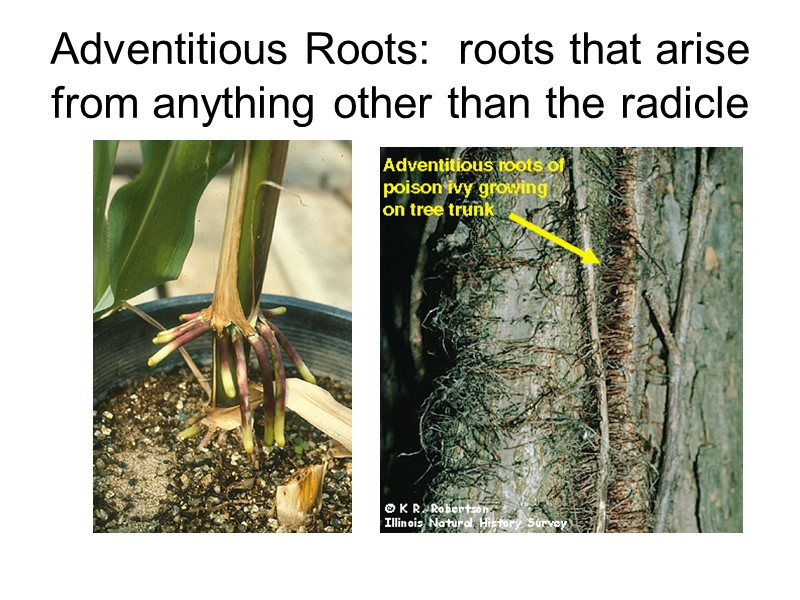

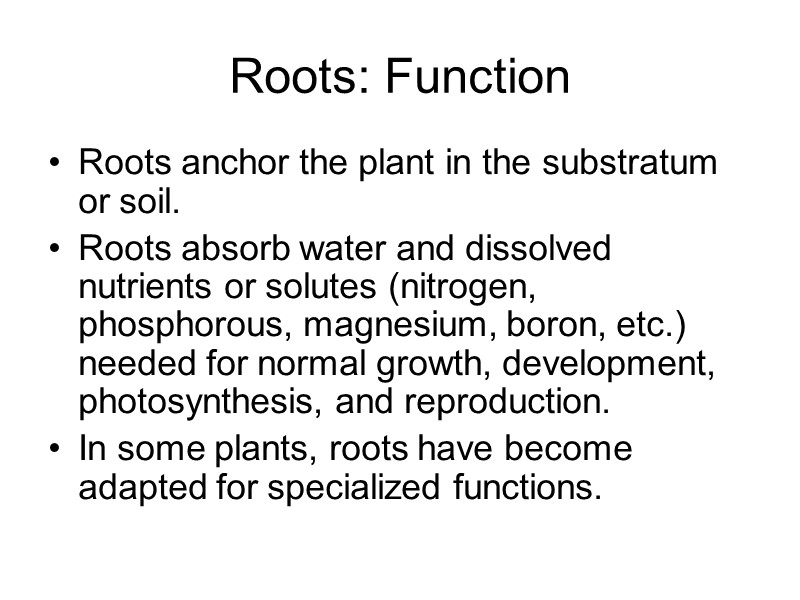
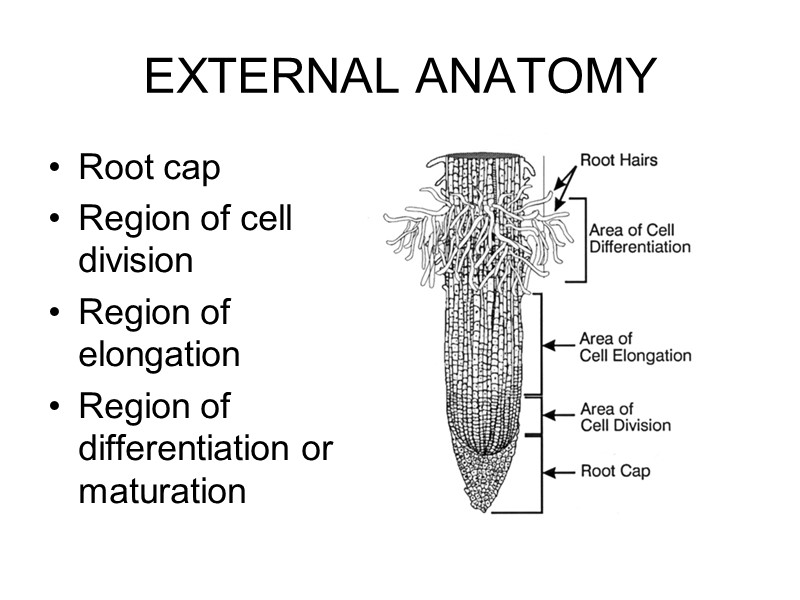
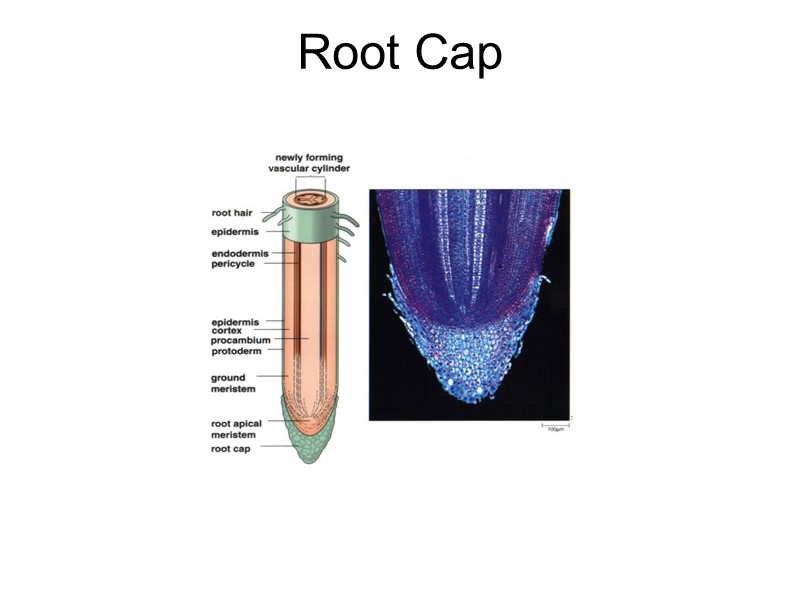
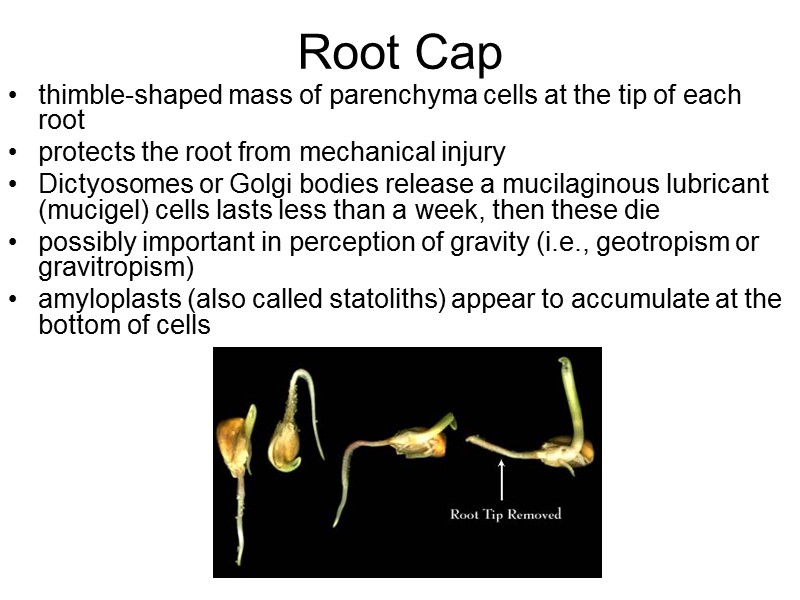
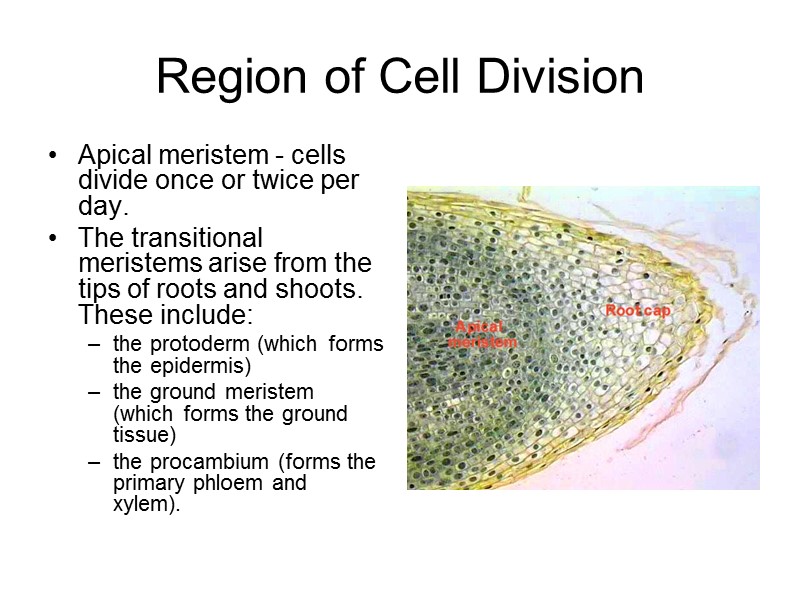
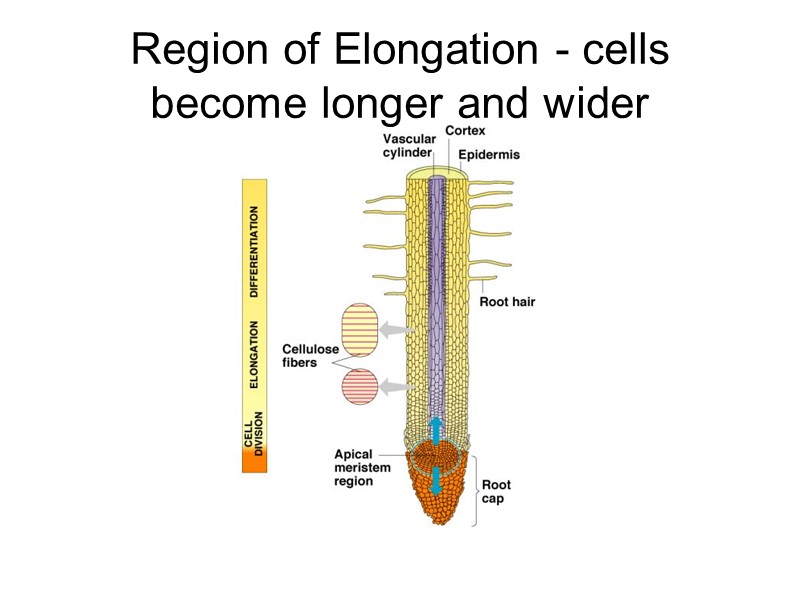
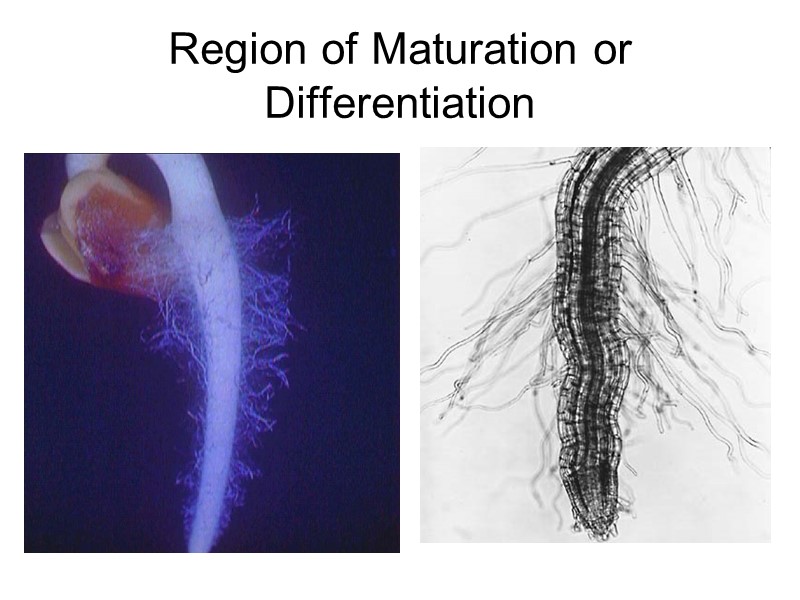
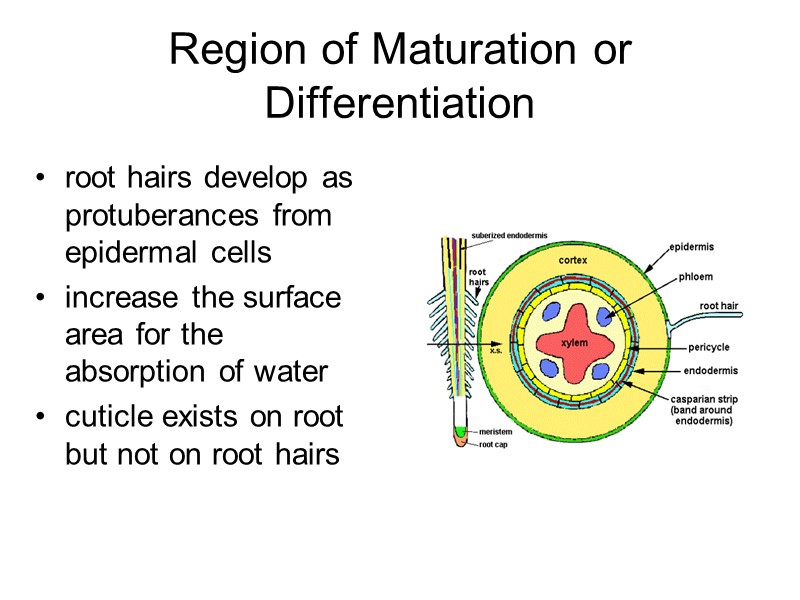
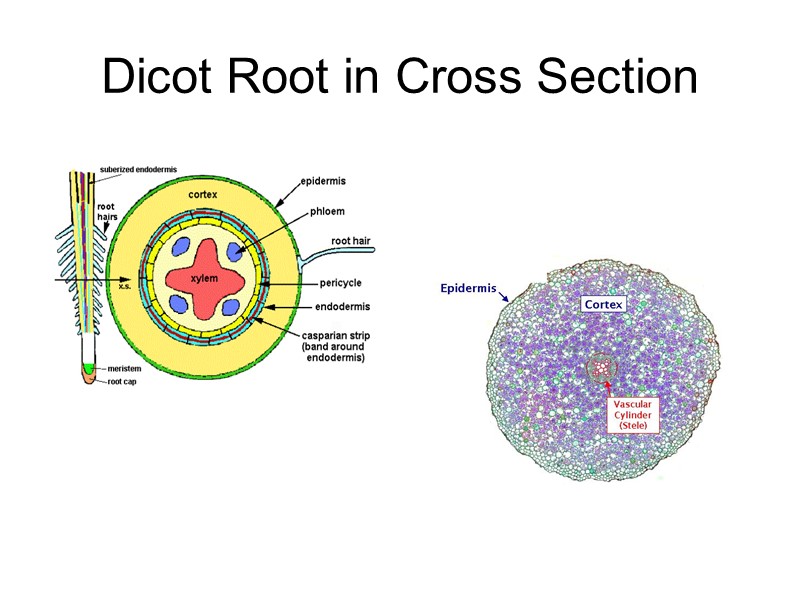
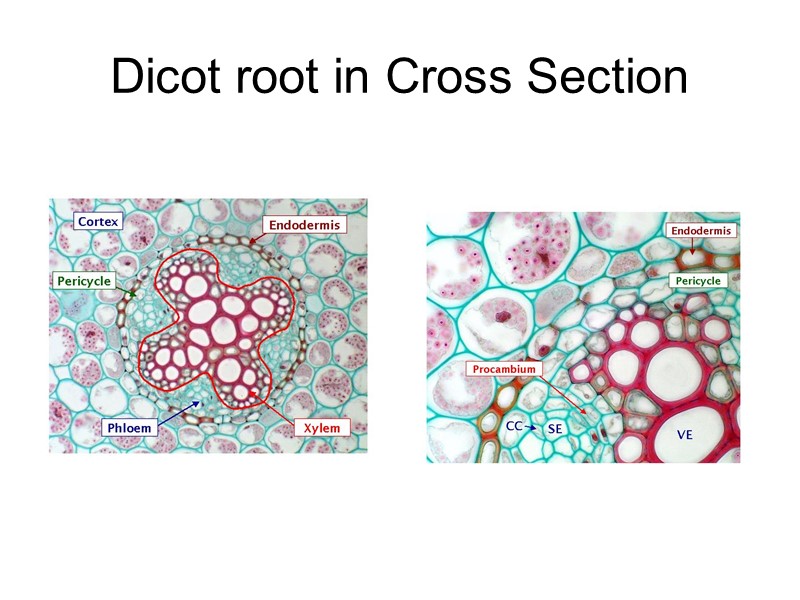
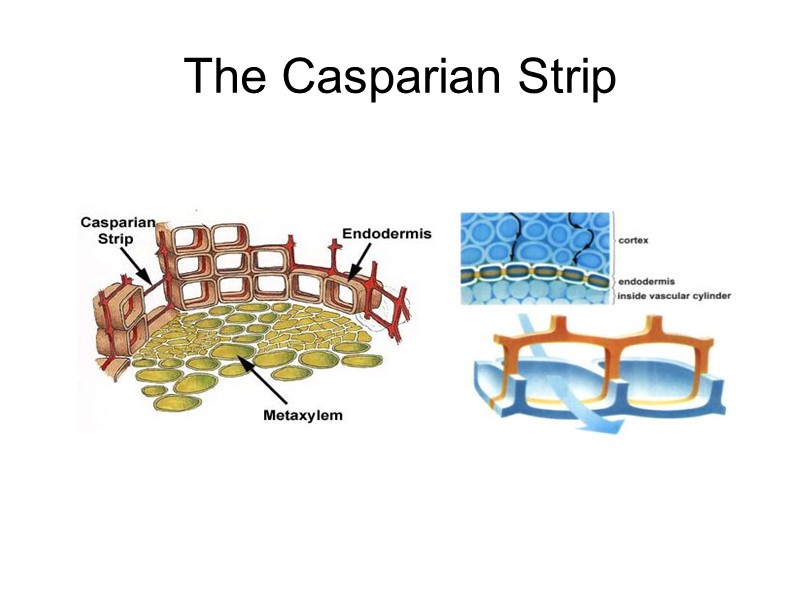
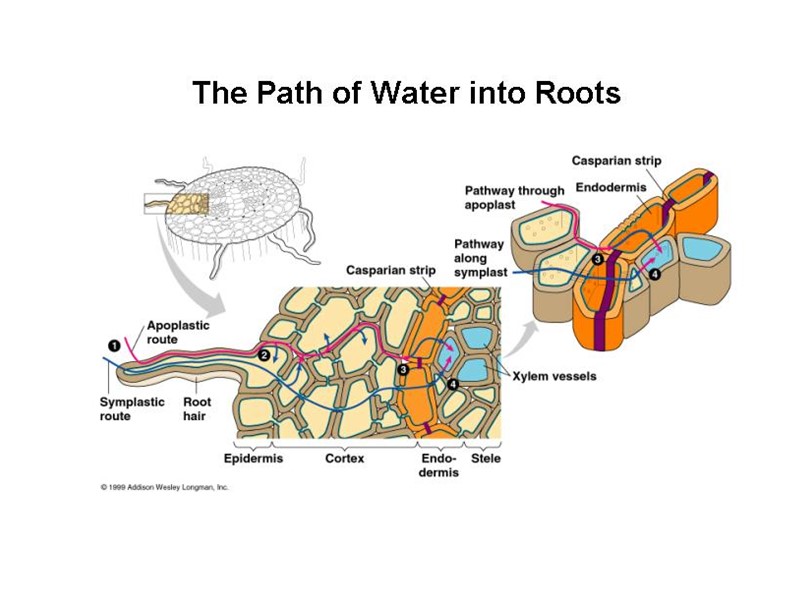
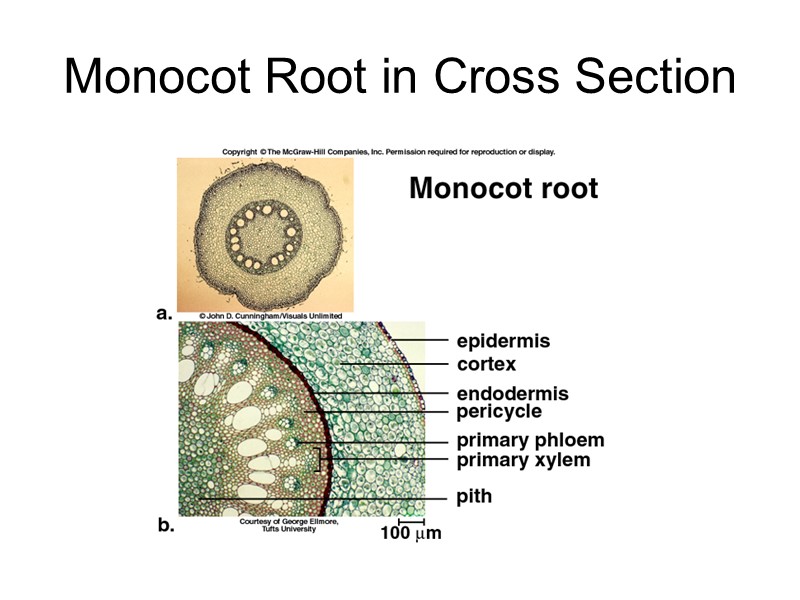
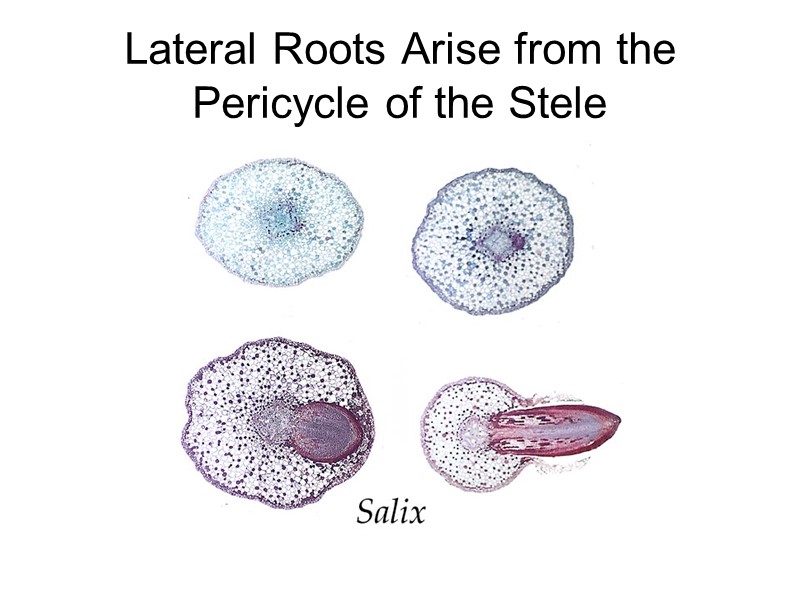
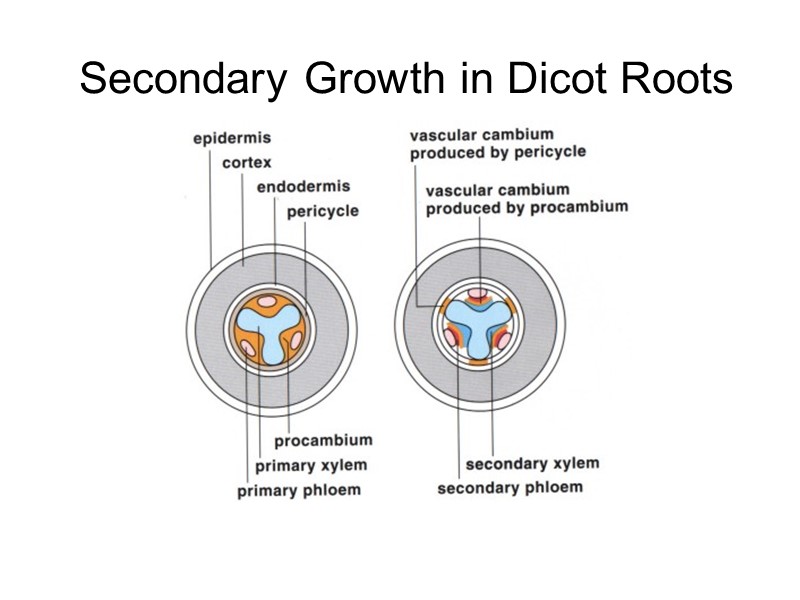
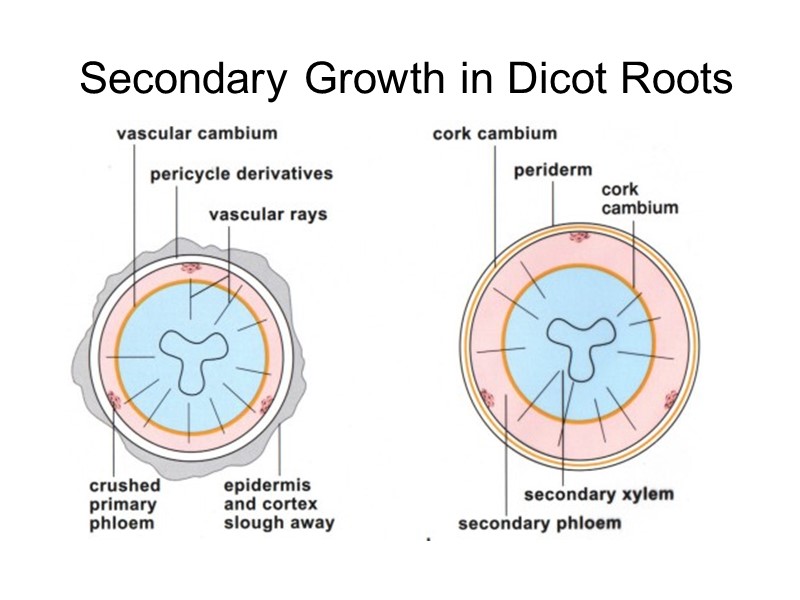
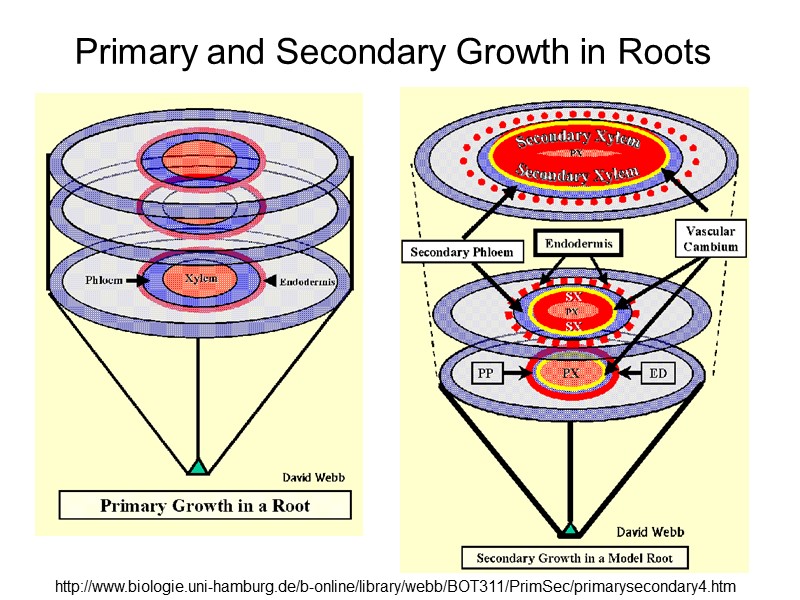
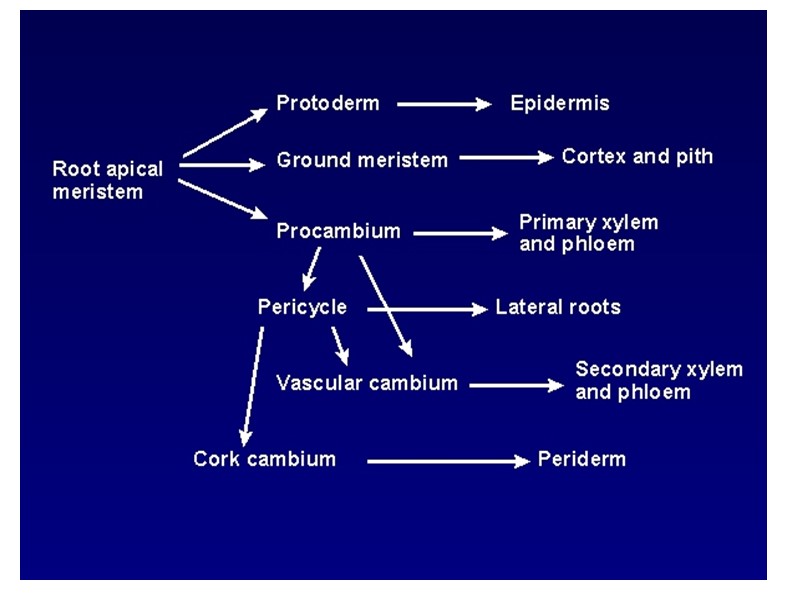
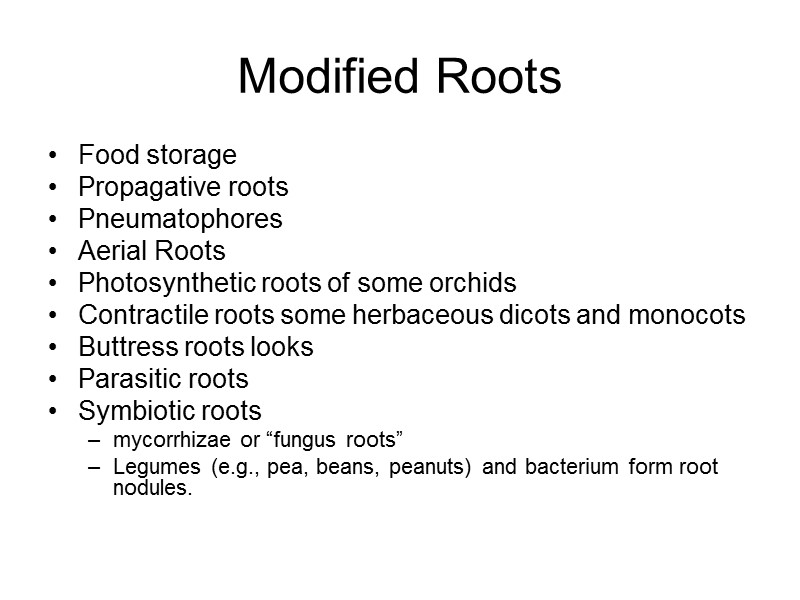
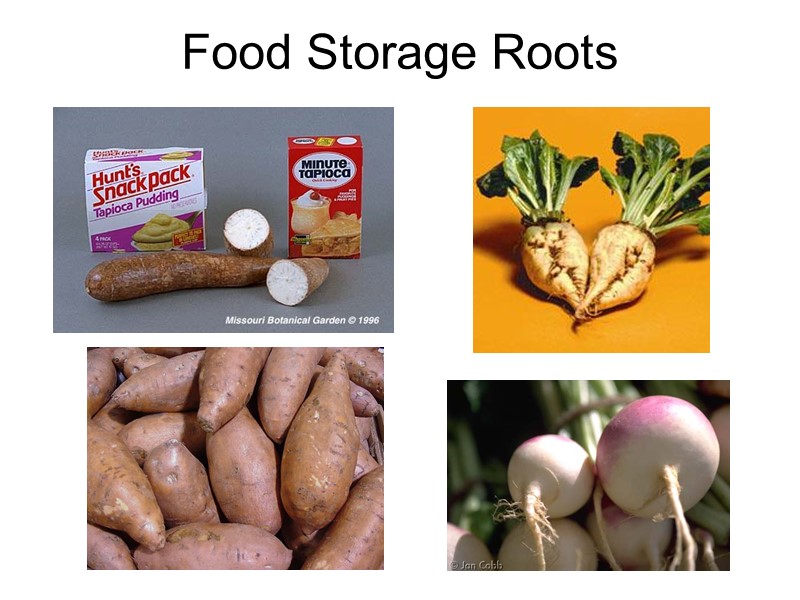
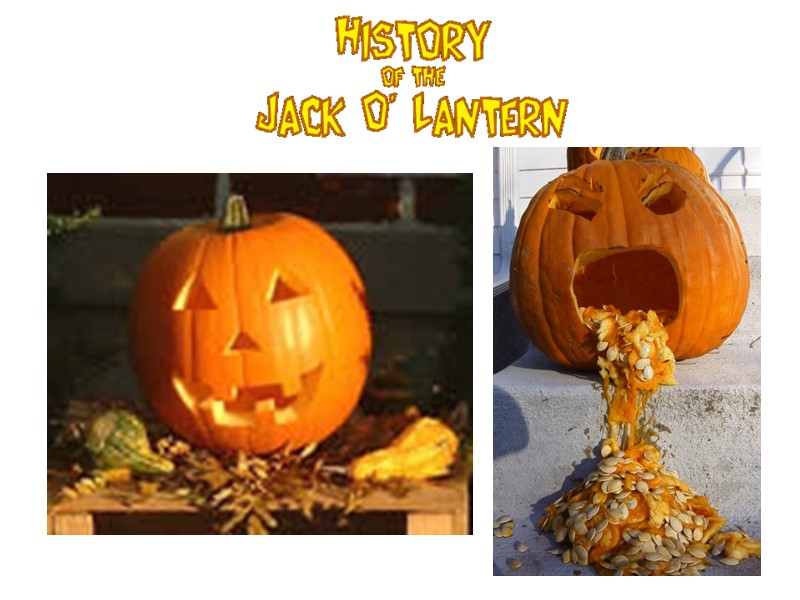
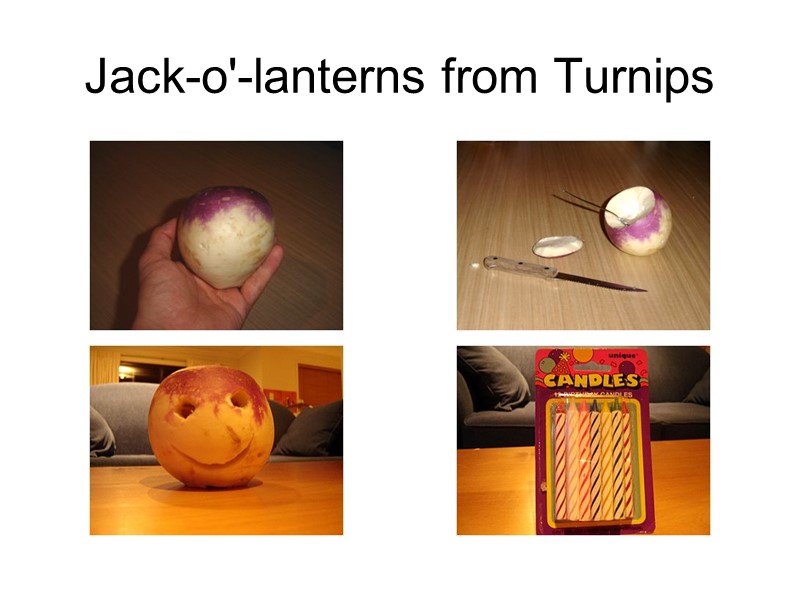
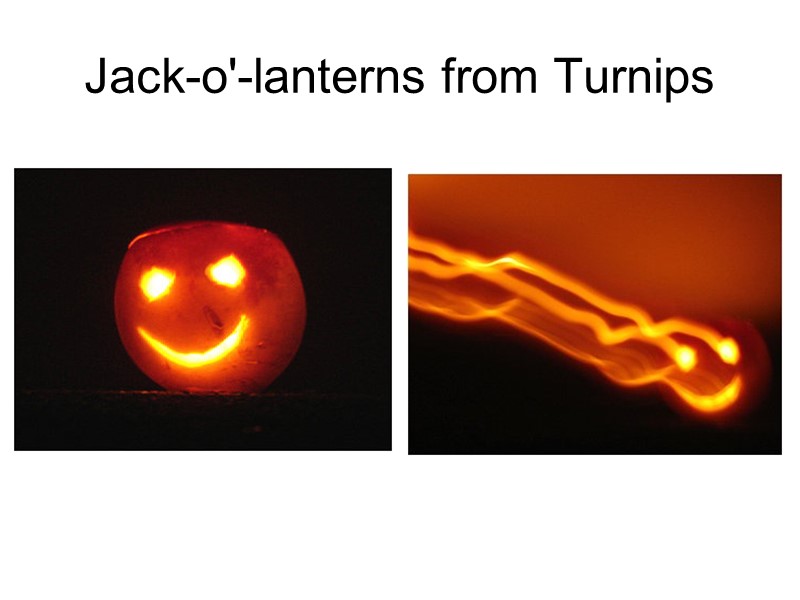
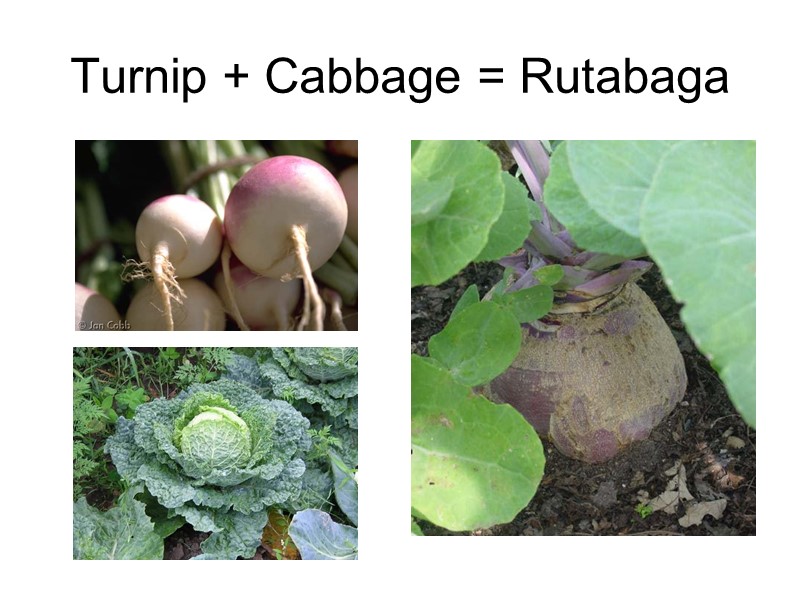
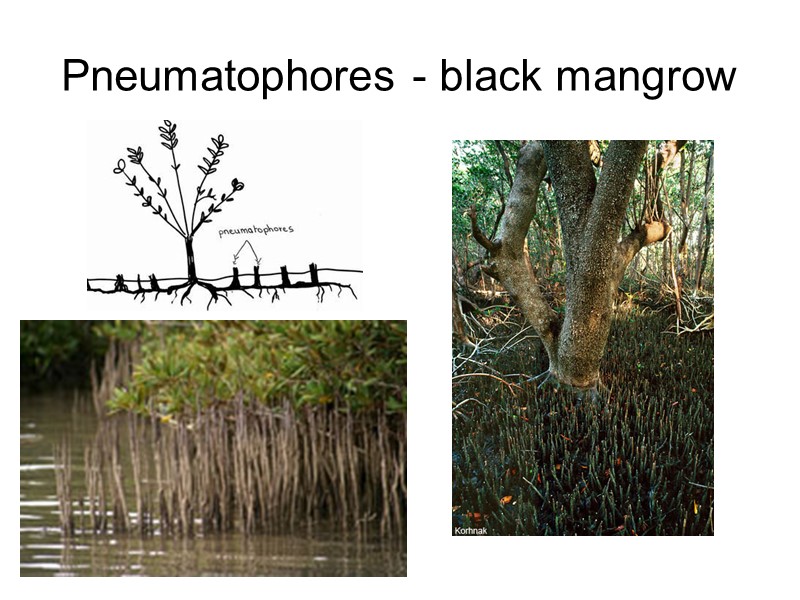
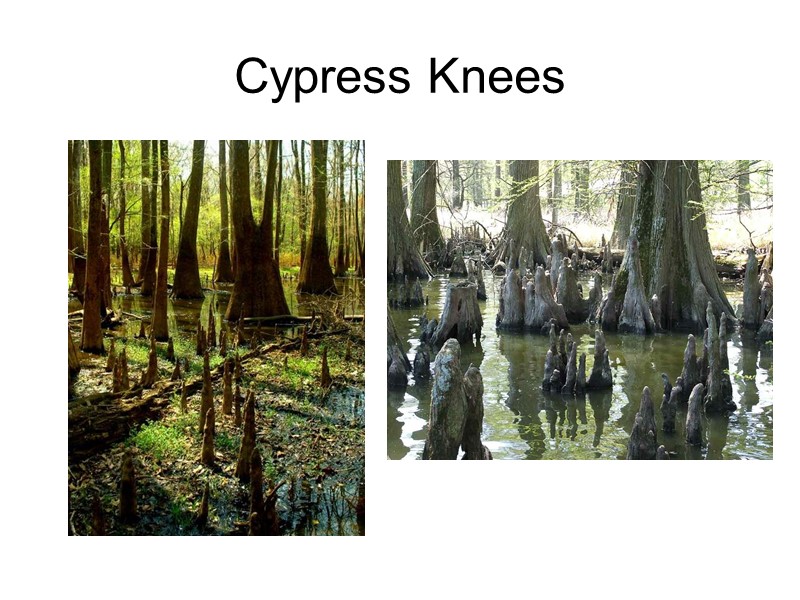
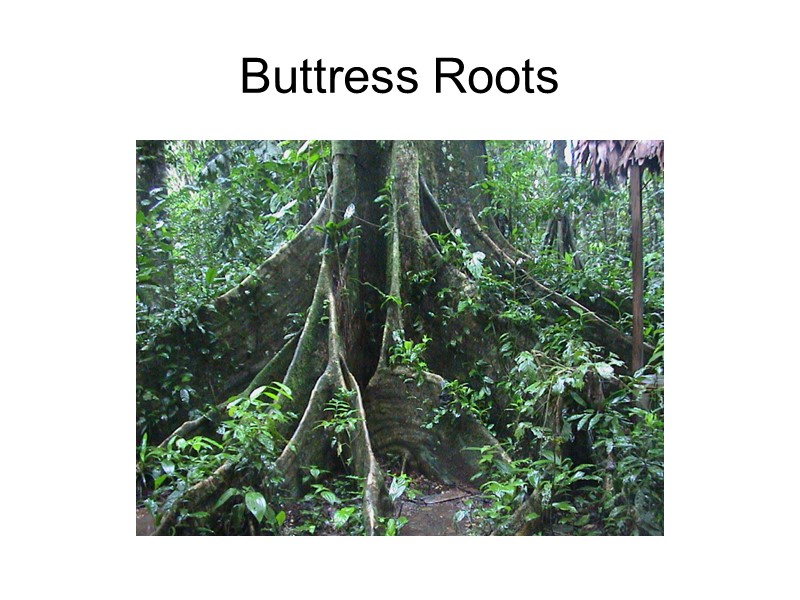
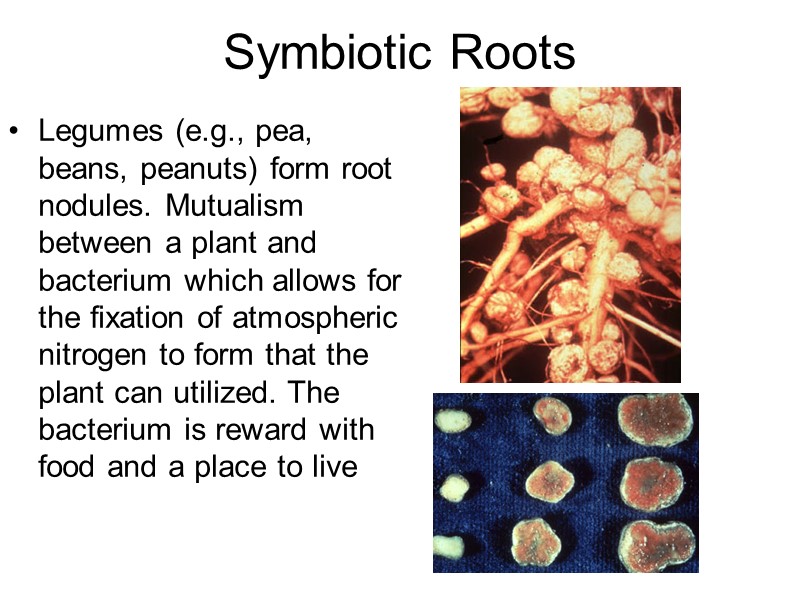
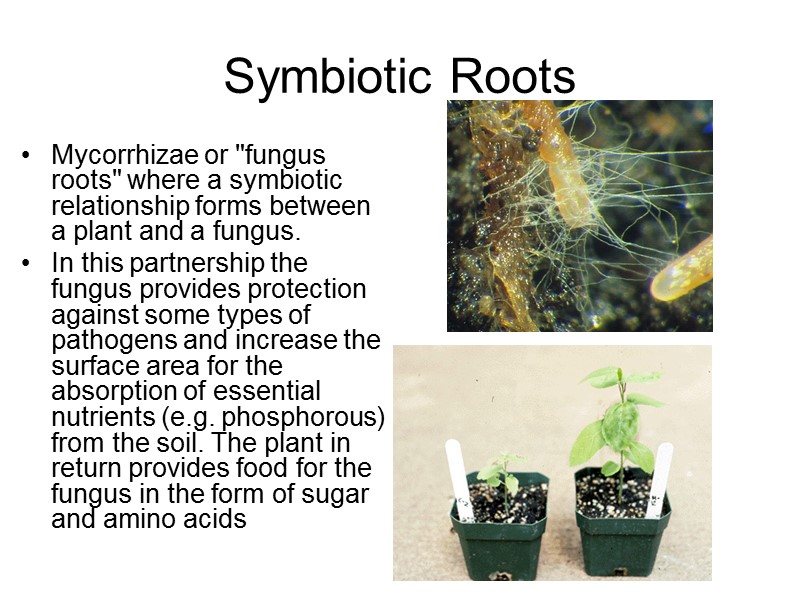
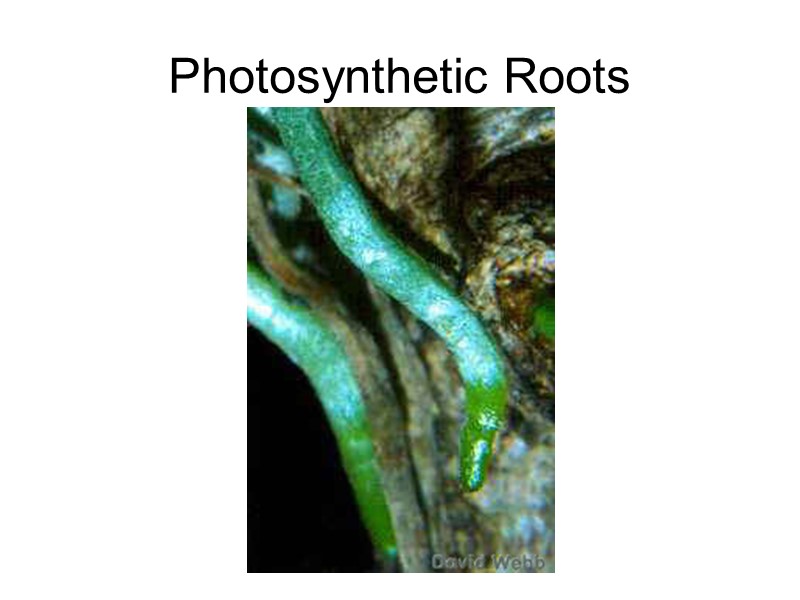
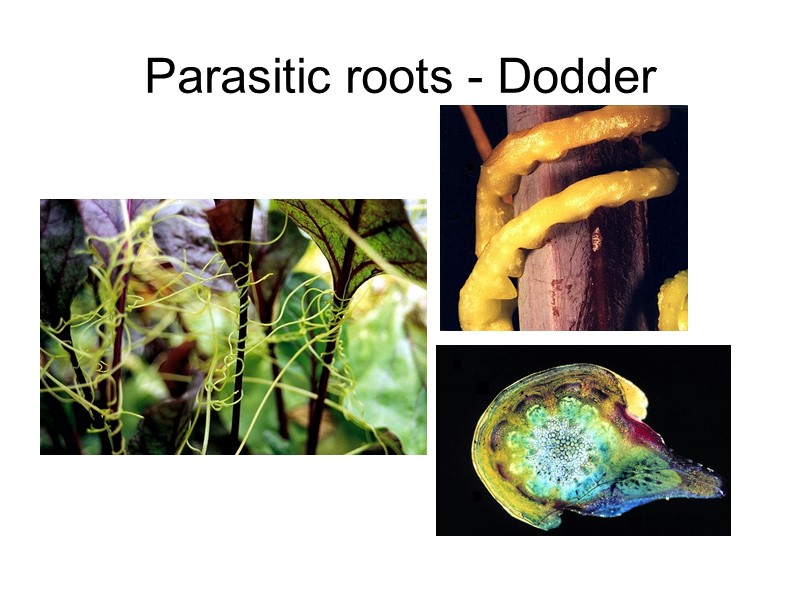
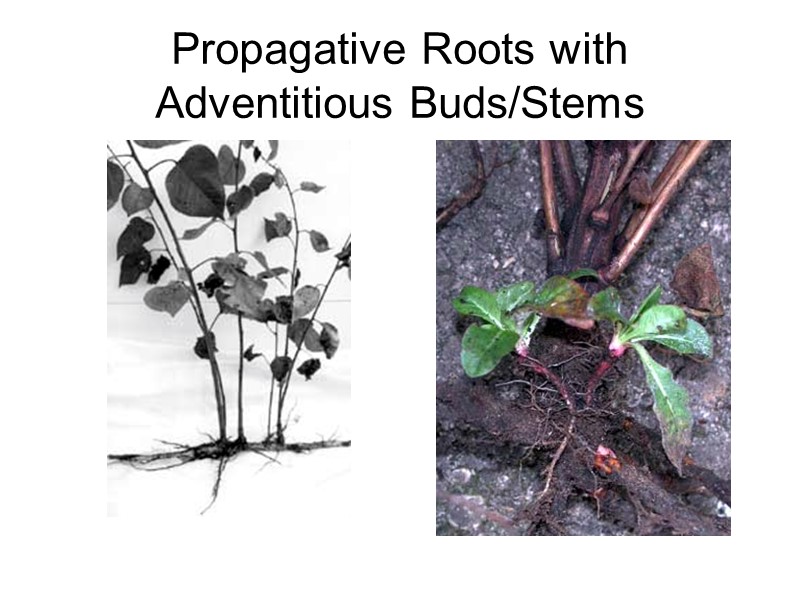
31032-roots_in_flowering_plants.ppt
- Количество слайдов: 44
 Science of Pharmacology South Kazakhstan State Pharmaceutical Academy Foreign Languages Department SIW Grammar: Modal auxiliaries (must have, can’t have, may have, was, were to have) Student: Ismailjanov Sh.B. Group: 207 a PhR Senior Teacher : Korolevskaya S.A.
Science of Pharmacology South Kazakhstan State Pharmaceutical Academy Foreign Languages Department SIW Grammar: Modal auxiliaries (must have, can’t have, may have, was, were to have) Student: Ismailjanov Sh.B. Group: 207 a PhR Senior Teacher : Korolevskaya S.A.
 The Plant Body
The Plant Body
 ROOTS IN FLOWERING PLANTS Origin (Radicle or Adventitious) Function External Anatomy Internal Anatomy Specialized Roots Roots and Plant Nutrition
ROOTS IN FLOWERING PLANTS Origin (Radicle or Adventitious) Function External Anatomy Internal Anatomy Specialized Roots Roots and Plant Nutrition
 Evolutionary Lineages of Life dicots monocots 3.6 bya 2.5 bya 0.6 bya
Evolutionary Lineages of Life dicots monocots 3.6 bya 2.5 bya 0.6 bya
 Monocotyledonous & Dicotyledonous Flowering Plants
Monocotyledonous & Dicotyledonous Flowering Plants
 Embryonic root or radicle
Embryonic root or radicle
 World’s Biggest Seed with Embryonic Root or Radicle The Royal Botanic Garden in Edinburgh germinated this bowling-ball-like coco de mer (Lodicea maldivica) palm. The seed weighs 35lb (16kg) and can produce a tree that will live up to 300 years. Scottish botanists put in a dark case, and now a root has developed. It will produce one leaf a year for the next few years. The tree will begin to flower in 20-30 years and produce its own seeds after another five to seven years (10-09-03). Source: http://www.crocus.co.uk/whatsgoingon/regionalscotland/
World’s Biggest Seed with Embryonic Root or Radicle The Royal Botanic Garden in Edinburgh germinated this bowling-ball-like coco de mer (Lodicea maldivica) palm. The seed weighs 35lb (16kg) and can produce a tree that will live up to 300 years. Scottish botanists put in a dark case, and now a root has developed. It will produce one leaf a year for the next few years. The tree will begin to flower in 20-30 years and produce its own seeds after another five to seven years (10-09-03). Source: http://www.crocus.co.uk/whatsgoingon/regionalscotland/
 Tap root and Fibrous (Diffuse) Root Systems – Both arise from radicle
Tap root and Fibrous (Diffuse) Root Systems – Both arise from radicle
 Comparison of Root Systems
Comparison of Root Systems
 Adventitious Roots: roots that arise from anything other than the radicle
Adventitious Roots: roots that arise from anything other than the radicle
 Adventitious Roots: roots that arise from anything other than the radicle
Adventitious Roots: roots that arise from anything other than the radicle
 Roots of the Future? Carrot Man from “Lost in Space”
Roots of the Future? Carrot Man from “Lost in Space”
 Roots: Function Roots anchor the plant in the substratum or soil. Roots absorb water and dissolved nutrients or solutes (nitrogen, phosphorous, magnesium, boron, etc.) needed for normal growth, development, photosynthesis, and reproduction. In some plants, roots have become adapted for specialized functions.
Roots: Function Roots anchor the plant in the substratum or soil. Roots absorb water and dissolved nutrients or solutes (nitrogen, phosphorous, magnesium, boron, etc.) needed for normal growth, development, photosynthesis, and reproduction. In some plants, roots have become adapted for specialized functions.
 EXTERNAL ANATOMY Root cap Region of cell division Region of elongation Region of differentiation or maturation
EXTERNAL ANATOMY Root cap Region of cell division Region of elongation Region of differentiation or maturation
 Root Cap
Root Cap
 Root Cap thimble-shaped mass of parenchyma cells at the tip of each root protects the root from mechanical injury Dictyosomes or Golgi bodies release a mucilaginous lubricant (mucigel) cells lasts less than a week, then these die possibly important in perception of gravity (i.e., geotropism or gravitropism) amyloplasts (also called statoliths) appear to accumulate at the bottom of cells
Root Cap thimble-shaped mass of parenchyma cells at the tip of each root protects the root from mechanical injury Dictyosomes or Golgi bodies release a mucilaginous lubricant (mucigel) cells lasts less than a week, then these die possibly important in perception of gravity (i.e., geotropism or gravitropism) amyloplasts (also called statoliths) appear to accumulate at the bottom of cells
 Region of Cell Division Apical meristem - cells divide once or twice per day. The transitional meristems arise from the tips of roots and shoots. These include: the protoderm (which forms the epidermis) the ground meristem (which forms the ground tissue) the procambium (forms the primary phloem and xylem).
Region of Cell Division Apical meristem - cells divide once or twice per day. The transitional meristems arise from the tips of roots and shoots. These include: the protoderm (which forms the epidermis) the ground meristem (which forms the ground tissue) the procambium (forms the primary phloem and xylem).
 Region of Elongation - cells become longer and wider
Region of Elongation - cells become longer and wider
 Region of Maturation or Differentiation
Region of Maturation or Differentiation
 Region of Maturation or Differentiation root hairs develop as protuberances from epidermal cells increase the surface area for the absorption of water cuticle exists on root but not on root hairs
Region of Maturation or Differentiation root hairs develop as protuberances from epidermal cells increase the surface area for the absorption of water cuticle exists on root but not on root hairs
 Dicot Root in Cross Section
Dicot Root in Cross Section
 Dicot root in Cross Section
Dicot root in Cross Section
 The Casparian Strip
The Casparian Strip

 Monocot Root in Cross Section
Monocot Root in Cross Section
 Lateral Roots Arise from the Pericycle of the Stele
Lateral Roots Arise from the Pericycle of the Stele
 Secondary Growth in Dicot Roots
Secondary Growth in Dicot Roots
 Secondary Growth in Dicot Roots
Secondary Growth in Dicot Roots
 Primary and Secondary Growth in Roots http://www.biologie.uni-hamburg.de/b-online/library/webb/BOT311/PrimSec/primarysecondary4.htm
Primary and Secondary Growth in Roots http://www.biologie.uni-hamburg.de/b-online/library/webb/BOT311/PrimSec/primarysecondary4.htm

 Modified Roots Food storage Propagative roots Pneumatophores Aerial Roots Photosynthetic roots of some orchids Contractile roots some herbaceous dicots and monocots Buttress roots looks Parasitic roots Symbiotic roots mycorrhizae or “fungus roots” Legumes (e.g., pea, beans, peanuts) and bacterium form root nodules.
Modified Roots Food storage Propagative roots Pneumatophores Aerial Roots Photosynthetic roots of some orchids Contractile roots some herbaceous dicots and monocots Buttress roots looks Parasitic roots Symbiotic roots mycorrhizae or “fungus roots” Legumes (e.g., pea, beans, peanuts) and bacterium form root nodules.
 Food Storage Roots
Food Storage Roots

 Jack-o'-lanterns from Turnips
Jack-o'-lanterns from Turnips
 Jack-o'-lanterns from Turnips
Jack-o'-lanterns from Turnips
 Turnip + Cabbage = Rutabaga
Turnip + Cabbage = Rutabaga
 Pneumatophores - black mangrow
Pneumatophores - black mangrow
 Cypress Knees
Cypress Knees
 Buttress Roots
Buttress Roots
 Symbiotic Roots Legumes (e.g., pea, beans, peanuts) form root nodules. Mutualism between a plant and bacterium which allows for the fixation of atmospheric nitrogen to form that the plant can utilized. The bacterium is reward with food and a place to live
Symbiotic Roots Legumes (e.g., pea, beans, peanuts) form root nodules. Mutualism between a plant and bacterium which allows for the fixation of atmospheric nitrogen to form that the plant can utilized. The bacterium is reward with food and a place to live
 Symbiotic Roots Mycorrhizae or "fungus roots" where a symbiotic relationship forms between a plant and a fungus. In this partnership the fungus provides protection against some types of pathogens and increase the surface area for the absorption of essential nutrients (e.g. phosphorous) from the soil. The plant in return provides food for the fungus in the form of sugar and amino acids
Symbiotic Roots Mycorrhizae or "fungus roots" where a symbiotic relationship forms between a plant and a fungus. In this partnership the fungus provides protection against some types of pathogens and increase the surface area for the absorption of essential nutrients (e.g. phosphorous) from the soil. The plant in return provides food for the fungus in the form of sugar and amino acids
 Photosynthetic Roots
Photosynthetic Roots
 Parasitic roots - Dodder
Parasitic roots - Dodder
 Propagative Roots with Adventitious Buds/Stems
Propagative Roots with Adventitious Buds/Stems
